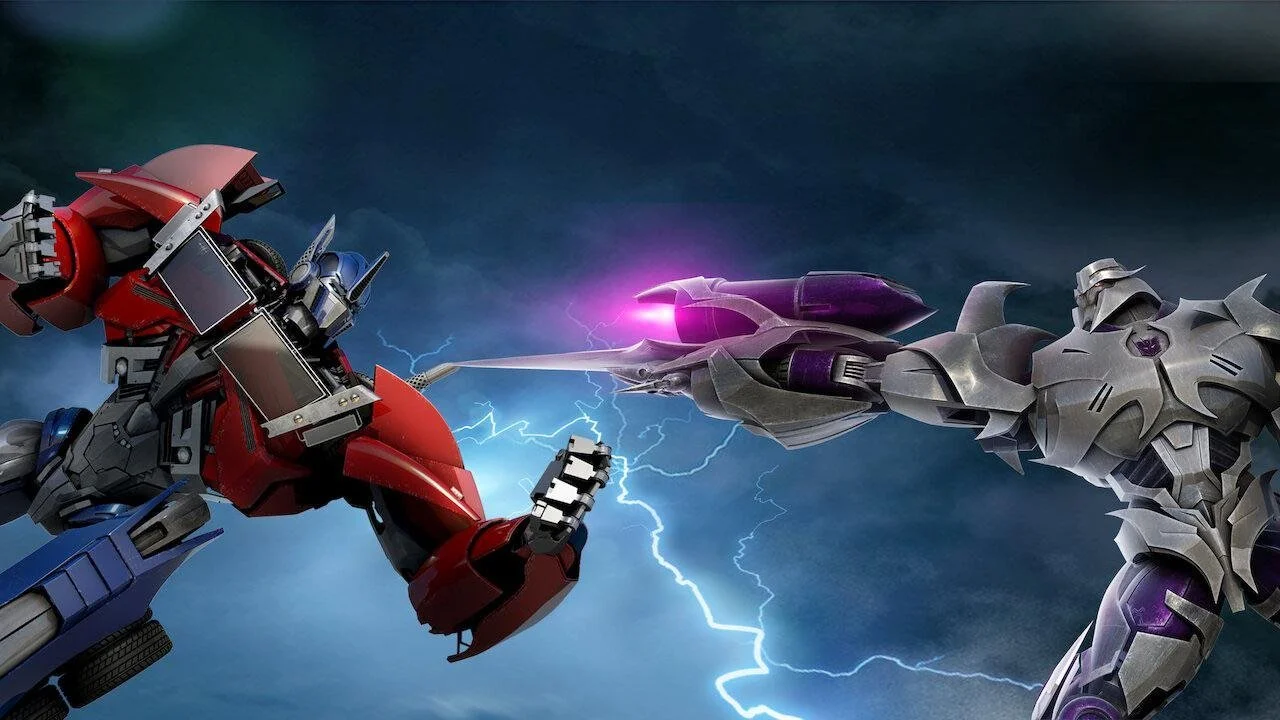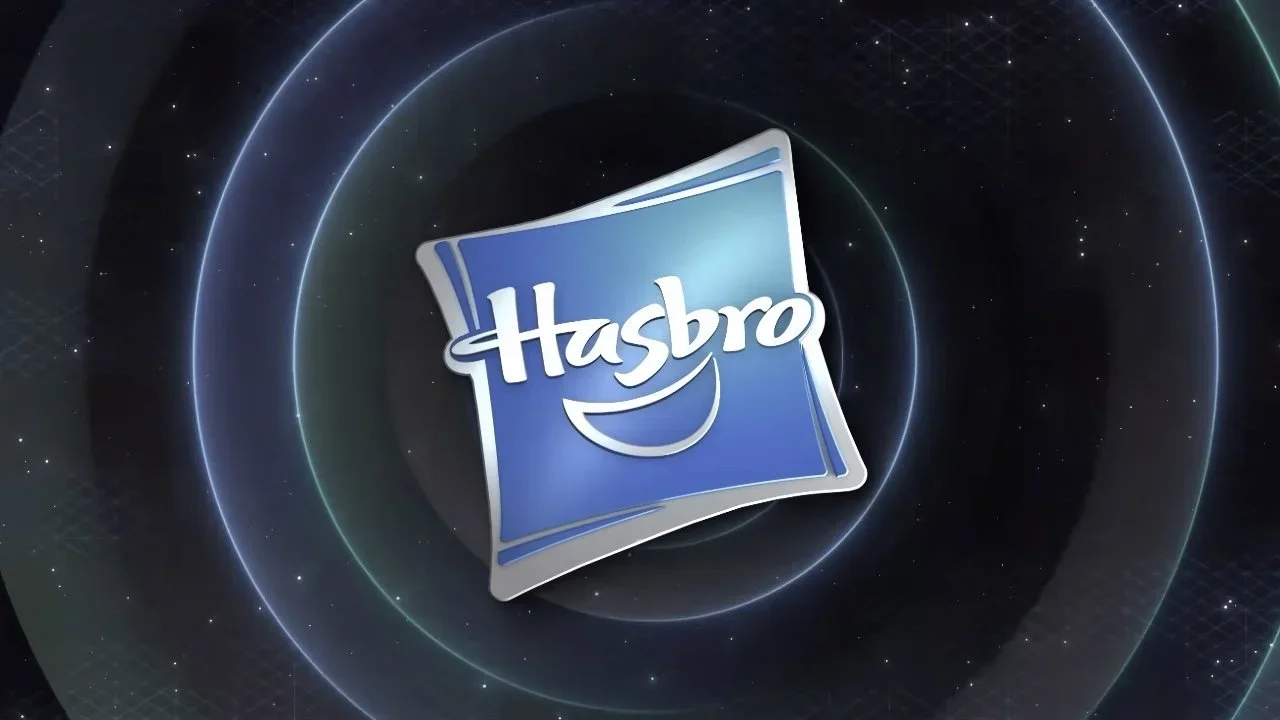Yesteryear: A ‘Transformers: Prime’ Retrospective
Image Source: Transformers Fandom
One is hard-pressed to be completely ignorant of the Transformers franchise in some way, shape or form. Spanning several decades, franchise about warring alien robots who transform into ordinary-looking Earth vehicles has spawned legions of toys, hundreds of comics, dozens of television shows and several movies since its 1984 animated debut.
Among these varied entries is Transformers: Prime (later named Transformers: Prime: Beast Hunters in its third and final season), a CGI fan favorite that's set to celebrate its fourteenth anniversary in November of this year. While not the first of its type or style, Prime was a massively successful and influential entry that spawned games, comics and a cult following.
RELATED:
So in honor of its anniversary let's take a look back at the series and all that made it great: its animation, its story and the legacy it left behind.
Beware of minor spoilers below.
Animation:
Image Source: Heroes and Villians Wiki
Coming off the heels of it's predecessor, Transformers: Animated, Prime was a rather drastic step in appearance. Unlike Animated, with its urban setting, bright colors and almost futuristic cityscapes, Prime's setting was around that of rural Nevada, resulting in many backgrounds being rather barren save large expanses of tannish rock, sand and lonely highways. This however meant that the titular Transformers stood out all the more. With little to distract the viewer, the bright colors of Team Prime (consisting of Optimus Prime, Arcee, Bumblebee, Bulkhead, Ratchet and later Smokescreen) were in stark relief.
The transformations also stood out. Rather than the blur of movement Animated favored, the quick minor shifts of Beast Wars or the overly intricate transformations favored in the live action films, Prime's transformations tended to be quick and smooth but also quite detailed and organic.
The movements were extremely detailed as well. Each character walked with the gravitas their position demanded. Optimus and Megatron were tall, proud and steady, but where Optimus was measured and noble, Megatron was predatory, ominous, a being of savage, experienced prowess. Arcee the motorcycle was agile and quick while the backstabbing Starscream was lithe, delicate and weasel-like.
But all the animation in the world means nothing if the story can't back it up and luckily enough, Prime had some talent at the wheel.
Story:
Image Source: Transformers Fandom
Being a sprawling series of tales about a bloody, planet wide alien civil war, the franchise has had its dark moments. When it came to television however, largely produced for a younger audience, the franchise tended to be far less explicit, mostly hinting at or cutting to black when it came to some of the darker fates of some of its characters.
Prime didn't necessarily revolutionize this through their series, but while the violence tended to be measured, it was clear that in many ways this was a bleaker take on things. The first five minutes of the pilot has the well-known and affable Autobot Cliffjumper captured by Decepticons and brutally murdered by Starscream on-screen only to then have his body desecrated, resurrected and mutilated ten minutes later by Dark Energon and Megatron.
The show follows the typical “Autobots protect the earth” storyline, but given the aforementioned staleness of the environments, much of the resulting battles for the planet tend to be heavily weighted towards battles that are incredibly grand (such as that against the ancient Unicron, who in this iteration isn't a planet so much as the planet) or incredibly personal (such as the rivalry between Arcee and Airachnid or the self-loathing and uncertainty faced by Bulkhead after a grievous injury) or even just related to Cybertron itself.
This latter point does tend to be something of a double-edged sword, especially after the first season. While it's hard to top the return of Cybertronian equivalent of the devil, the subsequent focus on bigger and better (in this case Cybertron itself) meant that, given the Autobots were stranded on Earth, much of the second and third season was regulated to some form of a scavenger hunt, be it for relics, Omega Keys or Predacon body parts, acts designed to lead up to the greater finale. Cybertronian history and lore was fascinating to be sure but looking back it was a little annoying to realize that Earth in the show was simply a massive and convenient alien dumping ground.
Still it wasn't too much an annoyance and where the larger story faltered, the smaller ones always excelled. Prime dealt not only with the aforementioned physical disability, but themes of vengeance, discrimination, drug abuse, PTSD and of course, loss. The series had no qualms about delving into the horrors of war and the effects it had on its populace and soldiers, be it Autobot or Decepticon.
And of course, there was considerable focus on the relationship and rivalry between the Last Prime and the Lord of the Decepticons. While the connection between the two has been altered and interpreted many ways throughout the years, for many it would have been the first time that the link showcased between Optimus Prime and Megatron was not simply that of figureheads of their respective factions, but that of long-time friends and confidantes, whose relationship was soured and twisted by jealousy, society and bad blood. This overarching connection between opposing forces elevated the story beyond a simple tale of good versus evil to that of a tragedy, lacing the entire conflict with intrigue.
Legacy:
Image Cortesy of Transformers Wiki
Transformers: Prime left a mark of being what many considered the best of what would be known as the “Aligned” continuity, at least in the television medium. The show was the highlight of this interconnected continuity, allowing a heretofore unknown level of connection between Transformers video games, comics and animation.
Coupled with often airing alongside G. I. Joe Renegade, Prime developed a rather successful connection between various age groups, appealing to both older watchers who were fans of the original or earlier series and younger watchers being exposed to the franchise for the first time and whose art style, dialogue and action sequences made it stand out amidst its competition.
Furthermore, Prime would go on to spawn several animated spin-offs within the same continuity. The first, Rescue Bots, aired in 2011 alongside the show and was designed to appeal to young children. The show featured original characters and despite being in the same continuity, rarely showed signs of such, save for occasional appearances by characters Optimus Prime and Bumblebee.
Rescue Bots would later develop it's own spin-off after Prime was completed by the name of Rescue Bots Academy. Still designed to appeal to younger children, this show worked further in conjunction with Robots In Disguise, another spin-off that was developed in 2015 as a direct sequel to Prime.
While Robots In Disguise (not to be mistaken for the Japanese produced 2001 Transformers series of the same name) was technically Prime's sequel, it was far less serious or grim in the same manner of its predecessor. Featuring a more light-hearted animation, tone and slapstick, it wasn't terrible by any means but didn't reach the same popularity or range of viewership that Prime did and eventually was concluded amidst lackluster fanfare.
Image Courtesy of Transformers World
With Rescue Bots Academy ending on 2020, it marked the quiet end to the “Aligned” continuity, and further entries have largely moved away from major connections to Prime, it's predecessors or sequels. Still, it hasn't completely been forgotten. Some major elements, like that of Optimus Prime and Megatron's once friendship largely continued or were hinted at in later series such as Earthspark.
That being said, for many Transformers: Prime remains one of the best animated Transformers entries in the modern age, looked upon fondly and wistfully for its bold spin on the age-old franchise. While it’s unknown if the next series will have the same major impactful storytelling and stellar animation, there’s no shame in appreciating the past as we look towards the future.
READ NEXT:


















